A First-Timer Savors Sri Lanka’s Cuisine
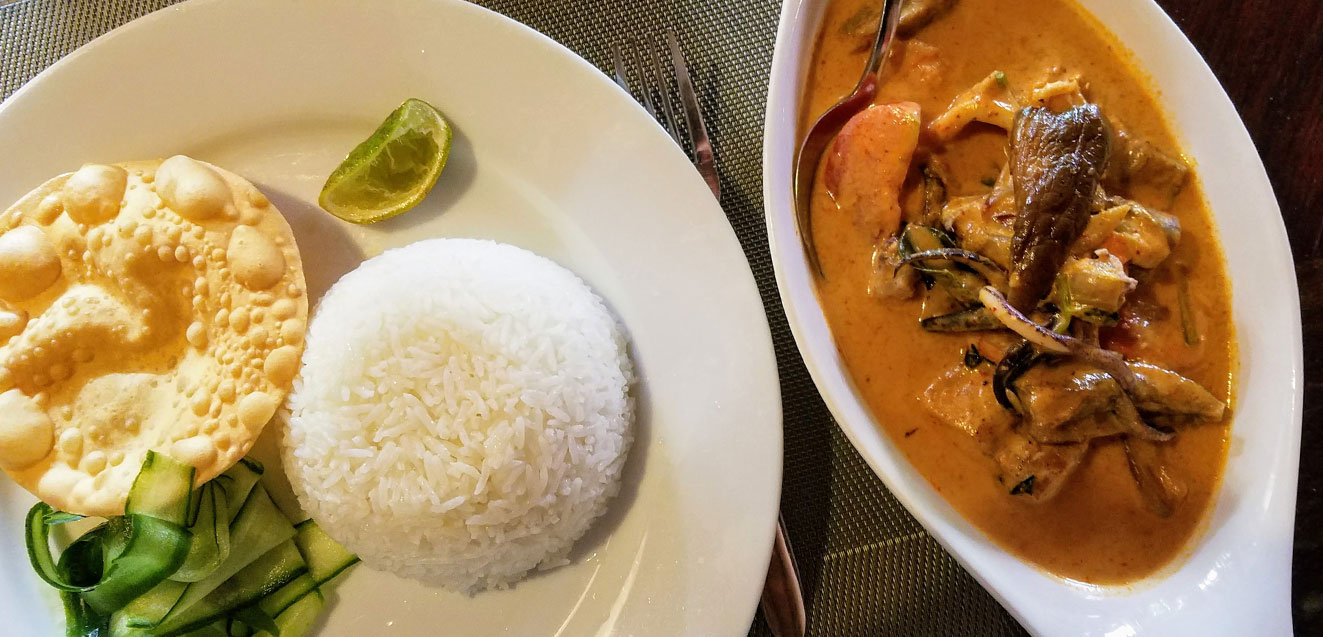
I’m rarely an early riser, but here in the middle of the Sri Lankan tea country, it’s 7 a.m. and I’m already at the breakfast table. Why? Two words: egg hoppers.
To me, this addictively delicious concoction encompasses Sri Lanka as a country, from the evolution of its name, to its individual contents, to how it’s eaten.First, the name: It began as the Tamil appam, morphed into the Sinhalese appa, and then was transformed into the English hopper. Then the ingredients: There’s a hint of the colonies in the amalgam of the spice trade, some caramelized onions and chilis for heat, and of course, a big spoonful of curry. Add in your choice of fish, chicken, beef, or lamb—whatever you feel like eating or whatever is left over from the night before. This all gets mixed together in one delicate hopper bowl and cooked so that it’s crispy on the edges and explodes with color and flavor. I prefer mine with an egg in the middle, added at just the right time for it to melt in with the hopper bowl. What a perfectly delicious way to start a Sri Lanka day!
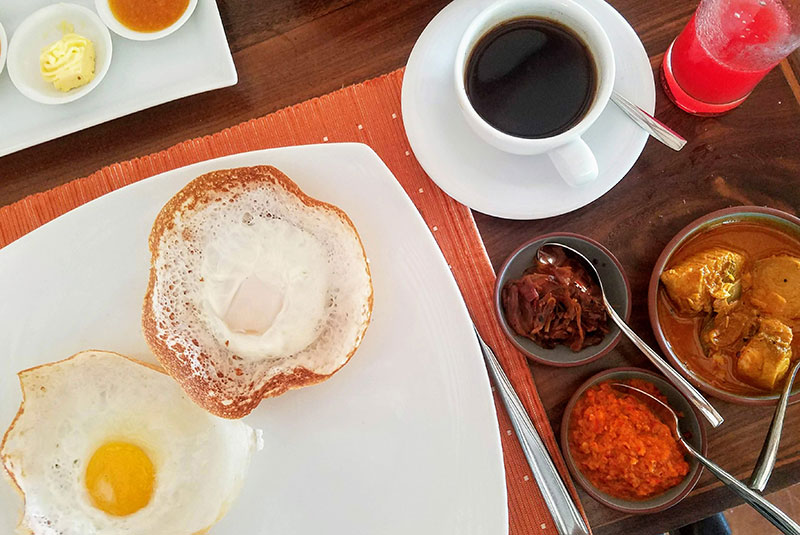
Wherever I travel, I want to learn about people. And I find that there is no better way to learn about a people and their culture than to know what they eat. In Sri Lanka, I found myself asking: How do you cook? What spices do you use and why? Where do your ingredients come from? What brings you and your loved ones together around a dinner table and excites your senses?
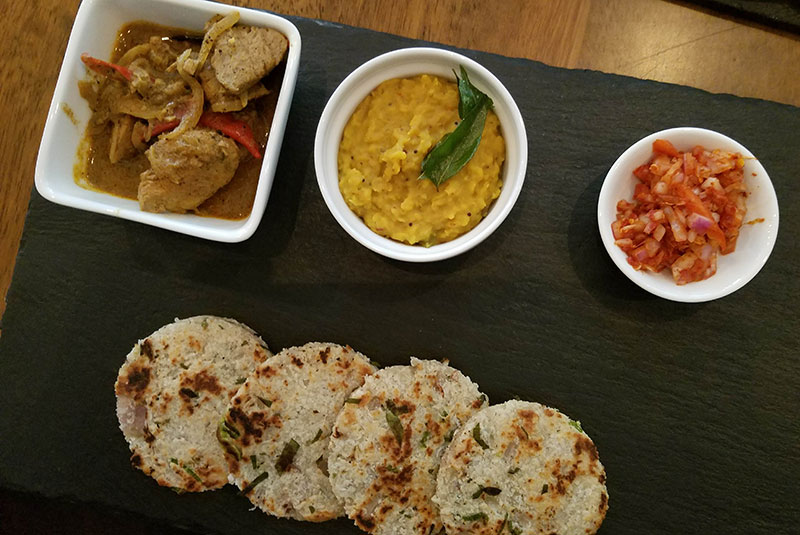
As with all cultures, Sri Lankan food is a reflection of its history, and I learned that Sri Lanka’s rich history gives its food that much more depth. The country was colonized by the Portuguese, the Dutch, and then the British, and one can taste all these layers of history today. Formerly called Ceylon, the country was the center of the spice trade, exporting cinnamon, vanilla, cardamom, curry leaves, and of course, tea! And speaking of tea, the best high tea I’ve ever tasted was right here.
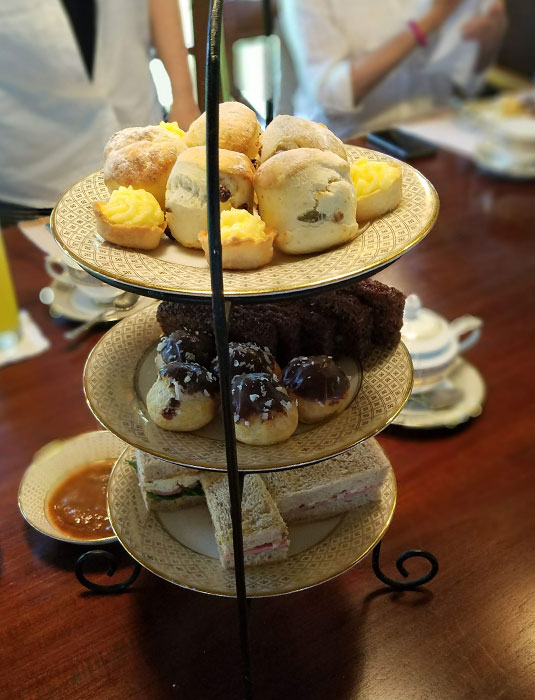
If you don’t know Sri Lanka, you might assume that its cuisine is very similar to that of India. Curry. What else is there to know, right? Well, so much more!While the bulk of traditional Sri Lankan dishes are curries, there’s an extraordinary variety and diversity of styles. According to Sri Lankan locals and compared with Indian curries that I’ve had in the United States, Sri Lankan curries are much lighter than the Indian versions, and they utilize a wider variety of ingredients. Did you know that banana could be made into curry? And jackfruit!

The other ingredient that distinguishes Sri Lankan curry—and most Sri Lankan dishes—is coconut milk. I arrived in Sri Lanka a coconut skeptic, but now I’m a true believer. Even the indigenous liquor, called arrack, is made from coconut flowers.
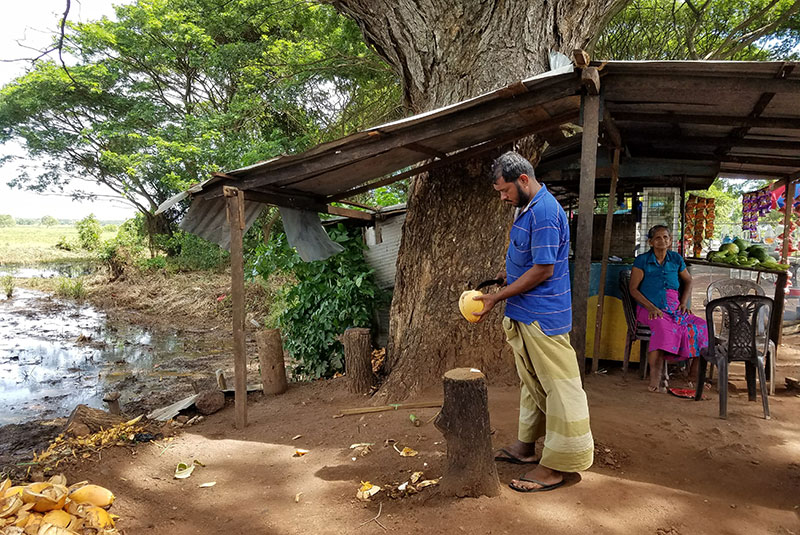
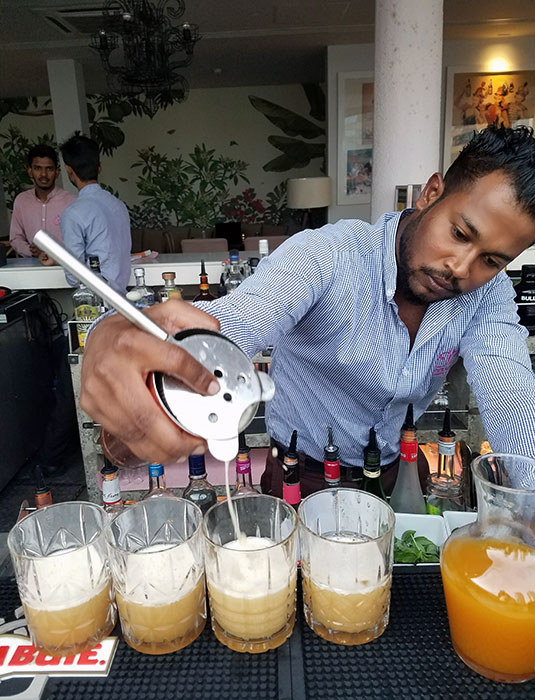
As I traveled throughout Sri Lanka, the answers I discovered to my culinary questions were like appetizers for the grand feast of Sri Lankan culture. But after what I consumed on this first trip, I know I want to learn—and eat—much more. And most definitely, I want more egg hoppers.
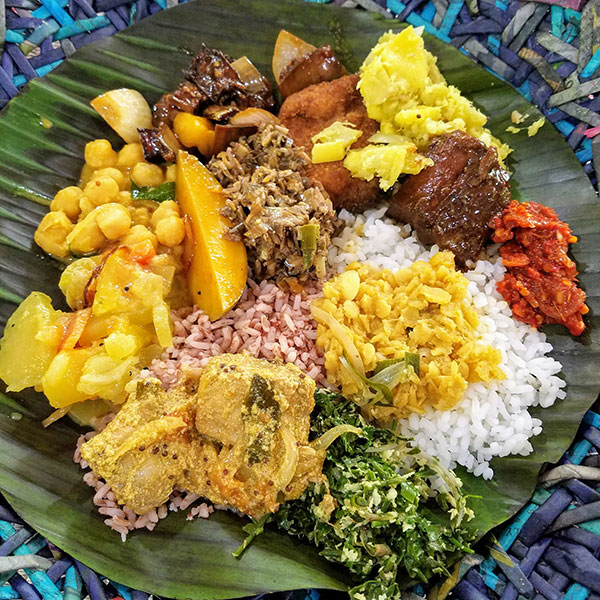
# # # # #
To find out more about eating and traveling in Sri Lanka, give GeoEx’s Asia experts a call at 888-570-7108.

